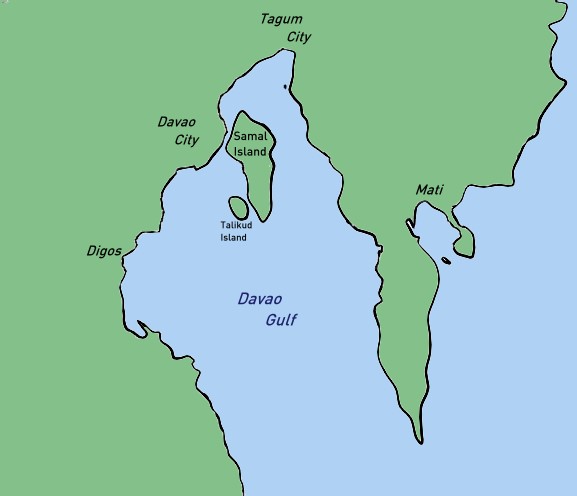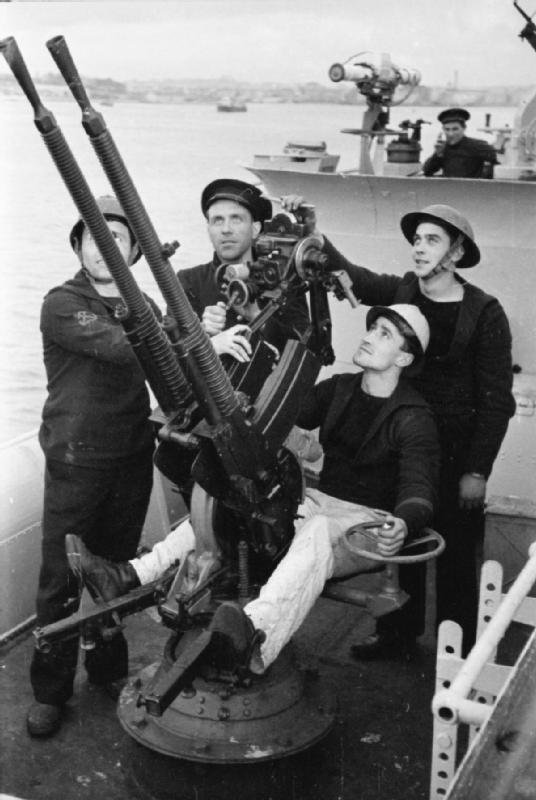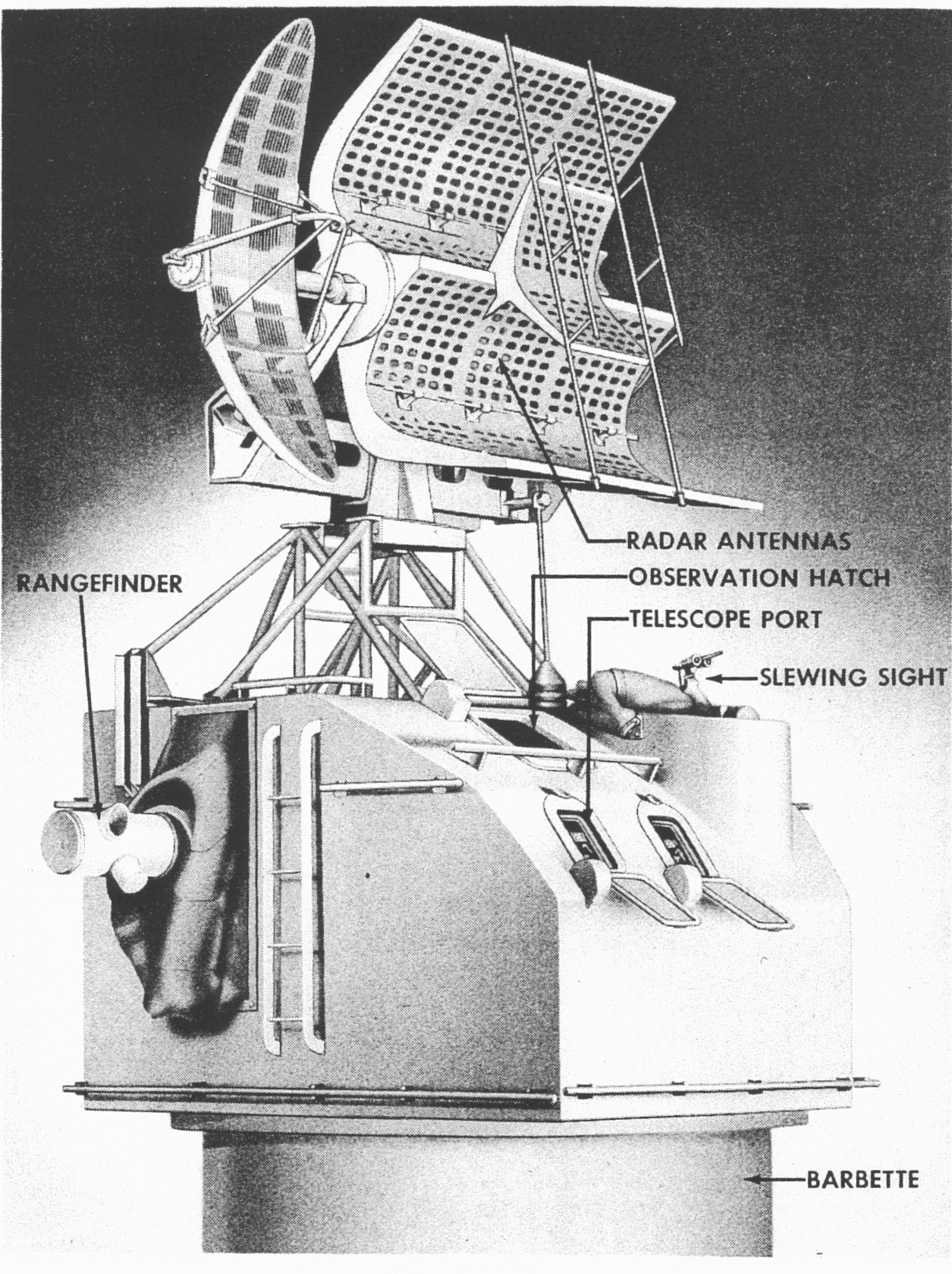|
Yūgumo-class Destroyer
The were a group of 19 destroyers built for the Imperial Japanese Navy during World War II. The IJN called them from their plan name. No ships of the class survived the war. Background The ''Yūgumo'' class was a repeat of the preceding with minor improvements that increased their anti-aircraft capabilities. The first 11 ships of the class were ordered as part of the 1939 4th Naval Armaments Supplement Programme. Another 16 ships (the ''Hayanami'' sub-class) were ordered as ships #340 to #355 as part of the 1941 Rapid Naval Armaments Supplement Programme, but of these eight were canceled before being laid down. Another eight ships (the ''Kai-Yūgumo'' sub-class) were planned as ships #5041 to #5048 under the 1942 Modified 5th Naval Armaments Supplement Programme, but these were also canceled. Design and description The ''Yūgumo'' class was 45 tons heavier and a few feet longer than the ''Kagerō'' class, distinguishable in silhouette primarily by the shape of the bridge. The ... [...More Info...] [...Related Items...] OR: [Wikipedia] [Google] [Baidu] |
Fujinagata Shipyards
was a shipyard and railroad car manufacturer in Osaka, Japan. History Fujinagata claimed to have been founded in 1689, making it one of the oldest shipbuilders in Japan. Originally called ''Hyōgo-ya'', and located in central Osaka, it was contracted in 1854 by officials representing the Tokugawa shogunate to produce sail warships for the new Tokugawa feudal navy. In 1869, with the assistance of German engineers, the western-style warships were designed and produced. After the Meiji Restoration, the shipyards concentrated on civilian applications, and in 1870 launched its first western-style commercial steam vessel. This was a first for a privately held shipbuilder in Japan. In 1874, the shipyards were relocated to Nishi-ku, Osaka and the company name officially changed to Fujinagata Shipyards. In 1884, the main shipyards was relocated to Taisho-ku, Osaka. In 1900, Fujinagata completed its first all-metal construction merchant vessel; the No.2 ''Nagata Maru''. In 1917, new s ... [...More Info...] [...Related Items...] OR: [Wikipedia] [Google] [Baidu] |
Kampon
The was the externally operating division of the Ministry of the Navy of Japan responsible for the administration of naval vessel construction. From 1923 onward, it took on the role of a research institution for the research and development of naval technologies and engineering. This included studying and investigating existing western naval technology, developing and overseeing Japan's domestic shipbuilding and arms industries, and training officers to become naval engineers and inspectors. The bureau was dismantled along with the naval ministry in November 1945 after Japan surrendered to the Allies at the end of World War II. Taishō period weapons The Department developed various weapons during the Taishō period. These were known a "Xth Year Type" weapons, with the year being the year of the Taishō Emperor's reign (dating from 30 July 1912 - 25 December 1926). [...More Info...] [...Related Items...] OR: [Wikipedia] [Google] [Baidu] |
Ormoc Bay
Ormoc Bay is a large bay in the island of Leyte in the Philippines. The bay is an extension of the Camotes Sea. The city of Ormoc lies at the head of the bay and exports rice, copra and sugar. The World War II Battle of Ormoc Bay took place from November 11 until mid-December in Ormoc Bay during late 1944. It consisted of a series of almost daily destroyer skirmishes and air battles. It was decisive in determining the final outcome of the Battle of Leyte A battle is an occurrence of combat in warfare between opposing military units of any number or size. A war usually consists of multiple battles. In general, a battle is a military engagement that is well defined in duration, area, and force .... The city of Ormoc was mostly destroyed during the battle and the current city is built on its ruins. External links * Bays of the Philippines Landforms of Leyte (province) Ormoc {{Philippines-geo-stub ... [...More Info...] [...Related Items...] OR: [Wikipedia] [Google] [Baidu] |
Davao Gulf
Davao Gulf is a gulf situated in the southeastern portion of Mindanao in the Philippines. It has an area of or about 520,000 hectares. Davao Gulf cuts into the island of Mindanao from the Philippine Sea. It is surrounded by all five provinces in the Davao Region. The largest island in the gulf is Samal Island. Davao City, on the gulf's west coast, is the largest and busiest port on the gulf. The Bagobo and the Kaagan / Kalagan, who are the indigenous lumad tribes endemic in Davao, are known inhabitants of the said gulf. Wildlife The gulf water is regarded as one of the most diverse cetacean habitats in the nation, being home for at least 10 species of toothed whales and dolphins such as sperm whales and beaked whales. Also whale sharks and sea cows are seen frequently. Furthermore, several ecological phenomena have been observed in the Davao Gulf such as a previously unknown predator of the crown-of-thorns starfish The crown-of-thorns starfish (frequently abbreviated to COTS ... [...More Info...] [...Related Items...] OR: [Wikipedia] [Google] [Baidu] |
Battle Of Vella Lavella (naval)
The was a naval battle of the Pacific campaign of World War II fought on the night of 6 October 1943, near the island of Vella Lavella in the Solomon Islands. It marked the end of a three-month fight to capture the central Solomon Islands, as part of the Solomon Islands Campaign. The battle took place at the end of the ground campaign on Vella Lavella, as the Japanese sought to evacuate the 600-strong garrison from the island. The garrison had become hemmed into a small pocket on the northern end of the island around Marquana Bay. While a force of around 20 auxiliary ships and barges evacuated the stranded soldiers, a force of nine Japanese destroyers fought a short, but sharp engagement with six US Navy destroyers to the north of the island, thus diverting attention from the evacuation. As a result of the engagement, the Japanese evacuation effort was successfully concluded. Each side lost one destroyer sunk. Background After their defeats around Munda on New Georgia and at ... [...More Info...] [...Related Items...] OR: [Wikipedia] [Google] [Baidu] |
Hotchkiss M1929 Machine Gun
The 13.2 mm Hotchkiss machine gun model 1929, often simplified to Hotchkiss M1929 machine gun, and the like, was a heavy machine gun designed and manufactured by Hotchkiss et Cie from the late 1920s until World War II which saw service with various nations' forces, including Italy and Japan where the gun was built under license. Development In the late 1920s, Hotchkiss proposed a range of anti-aircraft automatic weapons in the 13.2, 25 and 37 mm calibers. They were all based on the same type of Gas-operated reloading, gas-operated action, similar to the one used in the 8 mm Hotchkiss Mle 1914 machine gun, which had proven extremely reliable during World War I and was still in service. This led to the production of the 13.2 mm Hotchkiss machine gun model 1929, often called the Hotchkiss M1929. Performance The Hotchkiss M1929 machine gun had a Rate of fire#Cyclic rate, cyclic rate of fire of 450 rounds per minute, but their practical sustained rate of fire wa ... [...More Info...] [...Related Items...] OR: [Wikipedia] [Google] [Baidu] |
Anti-aircraft Gun
Anti-aircraft warfare, counter-air or air defence forces is the battlespace response to aerial warfare, defined by NATO as "all measures designed to nullify or reduce the effectiveness of hostile air action".AAP-6 It includes surface based, subsurface ( submarine launched), and air-based weapon systems, associated sensor systems, command and control arrangements, and passive measures (e.g. barrage balloons). It may be used to protect naval, ground, and air forces in any location. However, for most countries, the main effort has tended to be homeland defence. NATO refers to airborne air defence as counter-air and naval air defence as anti-aircraft warfare. Missile defence is an extension of air defence, as are initiatives to adapt air defence to the task of intercepting any projectile in flight. In some countries, such as Britain and Germany during the Second World War, the Soviet Union, and modern NATO and the United States, ground-based air defence and air defence aircraf ... [...More Info...] [...Related Items...] OR: [Wikipedia] [Google] [Baidu] |
Ship Gun Fire-control System
Ship gun fire-control systems (GFCS) are analogue fire-control systems that were used aboard naval warships prior to modern electronic computerized systems, to control targeting of guns against surface ships, aircraft, and shore targets, with either optical or radar sighting. Most US ships that are destroyers or larger (but not destroyer escorts except Brooke class DEG's later designated FFG's or escort carriers) employed gun fire-control systems for and larger guns, up to battleships, such as . Beginning with ships built in the 1960s, warship guns were largely operated by computerized systems, i.e. systems that were controlled by electronic computers, which were integrated with the ship's missile fire-control systems and other ship sensors. As technology advanced, many of these functions were eventually handled fully by central electronic computers. The major components of a gun fire-control system are a human-controlled director, along with or later replaced by radar or te ... [...More Info...] [...Related Items...] OR: [Wikipedia] [Google] [Baidu] |
Superstructure
A superstructure is an upward extension of an existing structure above a baseline. This term is applied to various kinds of physical structures such as buildings, bridges, or ships. Aboard ships and large boats On water craft, the superstructure consists of the parts of the ship or a boat, including sailboats, fishing boats, passenger ships, and submarines, that project above her main deck. This does not usually include its masts or any armament turrets. Note that in modern times, turrets do not always carry naval artillery, but they can also carry missile launchers and/or antisubmarine warfare weapons. The size of a watercraft's superstructure can have many implications in the performance of ships and boats, since these structures can alter their structural rigidity, their displacements, and/or stability. These can be detrimental to any vessel's performance if they are taken into consideration incorrectly. The height and the weight of superstructure on board a ship or a bo ... [...More Info...] [...Related Items...] OR: [Wikipedia] [Google] [Baidu] |
Superfiring
Superfiring armament is a naval military building technique in which two (or more) turrets are located in a line, one behind the other, with the second turret located above ("super") the one in front so that the second turret can fire over the first. This configuration meant that both forward or aft turrets could fire at any target within their sector, even when the target was in the same vertical plane as the turrets. History The history of large surface warships follow generic labels as battleships, and a further distinction between pre-dreadnoughts and dreadnoughts. The era of technical evolution occurred roughly from 1900 to 1945. Part of the technical evolution was driven by the need to compress as much large-gun firepower into the smallest space possible. In early designs, the large-caliber turrets were all located on the same plane firing to one side or the other. In firing ahead or to the rear, usually only the forward-most or rearmost turret could fire, especially a ... [...More Info...] [...Related Items...] OR: [Wikipedia] [Google] [Baidu] |
Gun Turret
A gun turret (or simply turret) is a mounting platform from which weapons can be fired that affords protection, visibility and ability to turn and aim. A modern gun turret is generally a rotatable weapon mount that houses the crew or mechanism of a projectile-firing weapon and at the same time lets the weapon be aimed and fired in some degree of azimuth and elevation (cone of fire). Description Rotating gun turrets protect the weapon and its crew as they rotate. When this meaning of the word "turret" started being used at the beginning of the 1860s, turrets were normally cylindrical. Barbettes were an alternative to turrets; with a barbette the protection was fixed, and the weapon and crew were on a rotating platform inside the barbette. In the 1890s, armoured hoods (also known as "gun houses") were added to barbettes; these rotated with the platform (hence the term "hooded barbette"). By the early 20th Century, these hoods were known as turrets. Modern warships have gu ... [...More Info...] [...Related Items...] OR: [Wikipedia] [Google] [Baidu] |
Main Battery
A main battery is the primary weapon or group of weapons around which a warship is designed. As such, a main battery was historically a gun or group of guns, as in the broadsides of cannon on a ship of the line. Later, this came to be turreted groups of similar large-caliber naval rifles. With the evolution of technology the term has come to encompass guided missiles as a vessel's principal offensive weapon, deployed both on surface ships and submarines. A main battery features common parts, ammunition, and fire control across the weapons which it comprises. Description In the age of cannon at sea, the main battery was the principal group of weapons around which a ship was designed, usually its heavies. With the coming of naval rifles and subsequent revolving gun turrets, the main battery became the principal group of heaviest guns, regardless of how many turrets they were placed in. As missiles displaced guns both above and below the water their principal group became a ve ... [...More Info...] [...Related Items...] OR: [Wikipedia] [Google] [Baidu] |







